Walking along the Promenade des Anglais in Nice, I felt the warm Riviera sunshine on my face and heard the gentle waves of the Mediterranean beside me.
The Promenade’s wide, palm-lined walkways give you some of the most breathtaking sea views in France, so every step feels like something to savor.
Whether I’m people-watching, admiring that unreal blue water, or just soaking up the relaxed Nice vibe, each stroll here surprises me with something new.
Markets in Nice burst with color and energy.
I wandered through stalls loaded with fresh produce, local cheeses, flowers, and handmade crafts.
The buzz is infectious, honestly—it’s tough not to grab a treat to munch on as I go.
Art weaves through the city, from big-name museums to corners splashed with creativity.
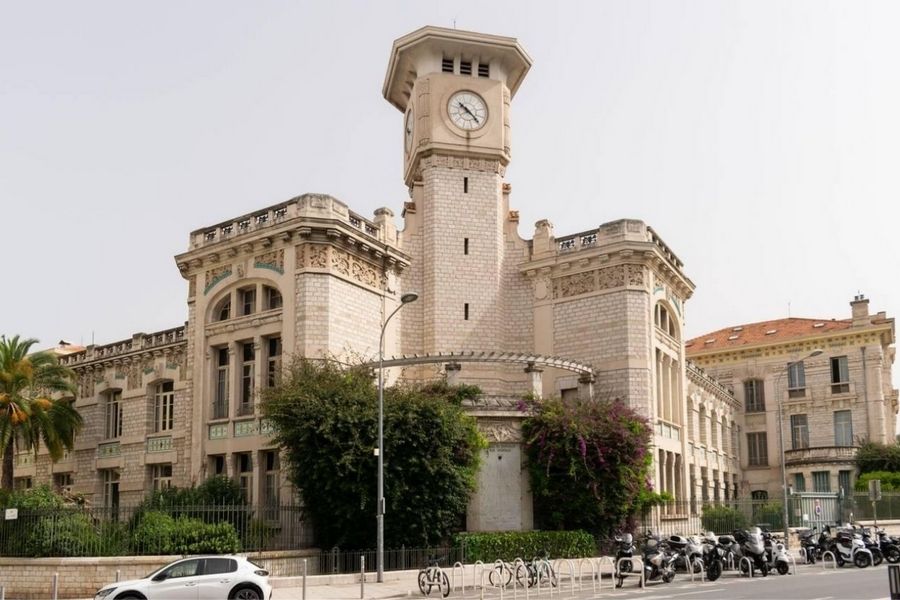
If you know where to look, Nice’s artistic soul pops up everywhere, and my wanderings always spark some fresh inspiration.
If you’re dreaming of travel packed with sunshine, culture, and local charm, Nice really does tick every box.
Strolling the Promenade des Anglais
The Promenade des Anglais stretches along Nice’s vivid blue coast, giving locals and travelers a place to walk, relax, and just soak in those endless views of the Baie des Anges.
Every step feels like a mix of history, sea air, and the everyday rhythm of Nice.
Unveiling the Promenade’s History
English aristocrats who wanted to escape cold northern winters started the Promenade des Anglais in the early 19th century.
They funded this long, flat walkway along the Mediterranean.
Locals called it “Camin dei Anglès”—the Englishmen’s path in the Nicard dialect.
Over time, it grew to more than seven kilometers, turning into a social hub and a symbol of Nice’s open spirit.
Walking here now, I sometimes picture old carriages, fancy hats, and the buzz of the Belle Époque.
Sometimes, old photos pop into my mind, and I get why this palm-lined stretch has drawn people to the sea for so long.
Views Over the Baie des Anges
Whenever I stroll the Promenade, the sweeping curve of the Baie des Anges grabs my attention.
Tall palms frame the view, and the Mediterranean always shimmers—its colors shift with the sky and time of day.
Table: Quick Facts
| Length | Over 7 km |
| Main Feature | Views of Baie des Anges |
| Best Time | Early morning or sunset |
In August, the temperature often hits the high 20s Celsius (mid-80s Fahrenheit), so I usually head out early.
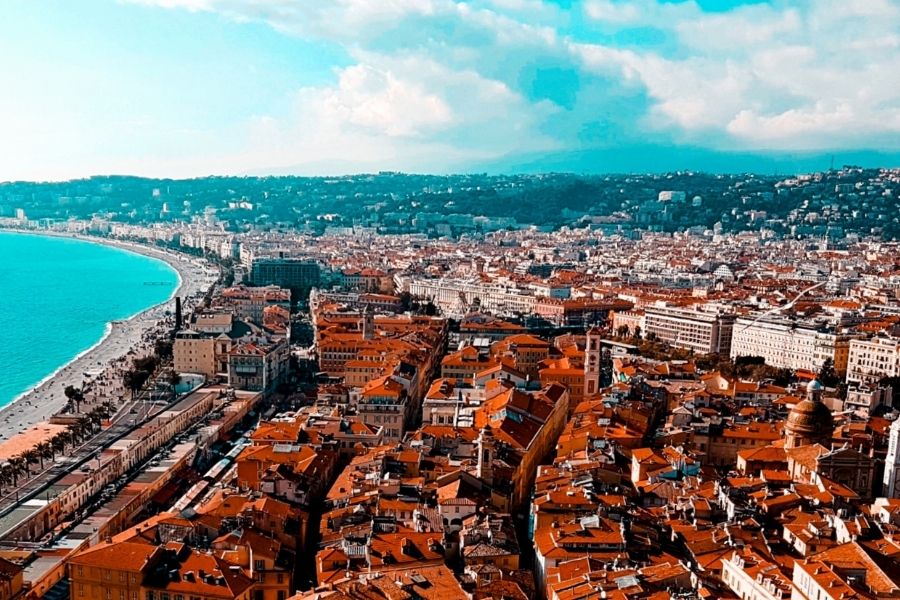
Sea air brings a salty freshness—perfect for a quiet walk or a spin on a Vélo Bleu city bike.
Benches line the path, so I can stop, watch the waves, or see swimmers below.
Local Life and Atmosphere
No matter when I visit, the Promenade buzzes with life.
Runners pass by, city cyclists ring their bells, and old friends gather on those famous blue chairs, facing the sea.
Markets and cafes spill over with voices and laughter, sometimes mixing with distant street music.
On weekends, families roll by with strollers or share crêpes from nearby stands.
Dog-walkers and artists sketching add to the ever-changing scene.
I notice the mood shifts with the sun—busy in the morning, then golden and slow as evening comes.
There’s this sense of community, a rhythm that ties everyone to the Mediterranean.
I don’t just come here for a walk—I come to feel like I belong to Nice.
Exploring Vibrant Markets and Local Flavors
Nice’s markets wake up my senses.
Color, noise, and the smell of fresh produce fill every corner.
Tasting the region’s fruit, fish, and local specialties is how I really got to know the Riviera.
Cours Saleya: The Heartbeat of Nice’s Market Scene
Cours Saleya sits right in the Old Town, always buzzing.
I remember weaving between stalls shaded by striped awnings, the air thick with the scent of flowers and herbs.
The market opens daily (except Mondays, when antiques take over), and locals come early for the best picks.
Stalls overflow with peaches, pears, and tomatoes piled high.
Vendors call out in French, sometimes handing out samples.
It’s not just food—lavender bundles, souvenirs, and handmade soaps fill the tables.
The whole vibe feels warm and welcoming.

As a visitor, wandering Cours Saleya gives me a crash course in Niçoise culture.
That lively morning scene keeps drawing me back.
Fresh Produce: Pear, Fish, and Vegetables
One thing I love about Cours Saleya is the wild variety of produce.
Golden pears, shiny eggplants, and sun-ripened tomatoes catch the Mediterranean light.
Fish stalls show off the daily catch on beds of ice.
It’s easy to see why the seafood is so fresh.
I once watched a chef pick out dorade and sea bass right from a stall for lunch.
Vendors often let me taste before I buy.
Shoppers with baskets grab greens and olive oil—reminding me that real food comes from trusted folks, not shelves.
Here’s what stood out most:
- Pears: Juicy, perfect for snacking
- Fish: Sardines to sea bass, always fresh
- Vegetables: Zucchini, eggplant, peppers—so colorful
Tasting the Riviera’s Culinary Heritage
Eating in Nice is never just about food—it’s a slice of history.
One morning, I tried socca, a thin chickpea pancake, cooked on a griddle and served hot.
Street vendors hand it over with a grin—crispy edges, a nutty taste.
There’s also salade niçoise, tossed with local tuna, anchovies, tomatoes, and those just-picked veggies.
I usually grab some fresh bread and a slice of pear on the side.
The link between what grows here and what lands on my plate makes every meal feel special.
Trying these dishes showed me the Riviera is all about simple, honest flavors.
Markets like Cours Saleya invite me to taste, experiment, and remember that great food starts with the basics: fresh veggies, today’s fish, and fruit grown nearby.
Artistic Soul: Museums, Streets, and Creative Spirit
Nice pulses with creative energy everywhere I look.
From treasures in world-class museums to bursts of color on the streets, every corner glows with the influence of painters, poets, and bright minds shaped by Mediterranean light.
Masterpieces in Museums and Galleries
My adventures in Nice always lead me to its museums.
The Musée Matisse is my favorite starting point.
Hidden in the green hills of Cimiez, it holds Henri Matisse’s bold colors and playful lines.
I wander through rooms of paintings, sculptures, and sketches, pausing at windows that frame the city below.
The Marc Chagall National Museum sits nearby, flooded with natural light.
Chagall’s vibrant biblical scenes and stained-glass windows splash rainbows across the marble floors.
Modern art fans like me find inspiration at the Museum of Modern and Contemporary Art (MAMAC).
Its bold, sometimes odd exhibits show how Nice’s creative spirit keeps evolving.
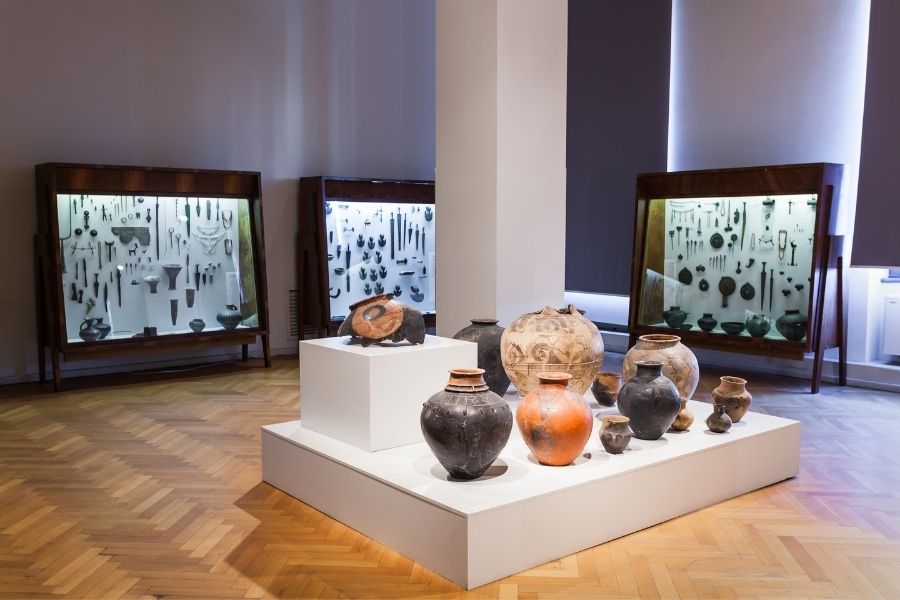
I like how these museums connect art, letters, and even science with their collections and shows.
Street Art and Creative Corners
Even outside, creativity pops up everywhere.
Vieux Nice’s winding lanes are sprinkled with murals, graffiti, and quirky installations.
I like spotting painted shutters and storefronts—artists turned blank walls into canvases.
Neighborhoods like Libération and Rue Bonaparte hum with art studios and tiny galleries.
It’s easy to meet local artists experimenting with new styles or chatting about how the Riviera’s light changes their work.
The sunlight really does feel brighter here, and even casual chalk drawings or mosaics echo the city’s playful mood.
Some weekends, I stumble into pop-up exhibitions or musicians and poets in tiny squares.
Art isn’t just tucked in galleries—it’s part of daily life.
Influence of Arts and Letters
Writers and thinkers have always found inspiration in Nice’s sea air and lively markets.
I often pause at the Cours Saleya Market, thinking about how writers and poets described the scene long ago.
The colors, scents, and sounds spark my own creativity.
Throughout history, Nice drew big names like Nietzsche, Matisse, and even scientists inspired by the light and beauty.
It’s easy to see why.
Sitting in a café, I flip through old letters and memoirs about the city—reading how artists and thinkers debated science or shared dreams under the Riviera sun.
Today, bookshops and libraries keep literature alive.
Public sculptures sometimes quote poems or honor the arts’ role in shaping Nice’s spirit.
I feel like I’m part of a living conversation, stretching from past to present with every step.
Iconic Landmarks and the Pulse of the City
When I stepped into Nice, I quickly noticed how its landmarks give the city its daily rhythm.
From lively public squares to grand buildings, the city’s soul comes alive as I wander its historic streets.
Place Massena: A Lively Centerpiece
Place Massena truly feels like the city’s beating heart.
The square’s black-and-white checkerboard pavement stands out, surrounded by red Italianate buildings glowing in the sun.
People from all walks of life cross here—locals rushing to work, kids playing, artists sketching, and tourists like me pausing for photos under the palms.
The modern art installations jump out, especially those tall statues atop poles that glow different colors at night.
Around the square, trams zip by and open-air events fill the space with music or food stalls.
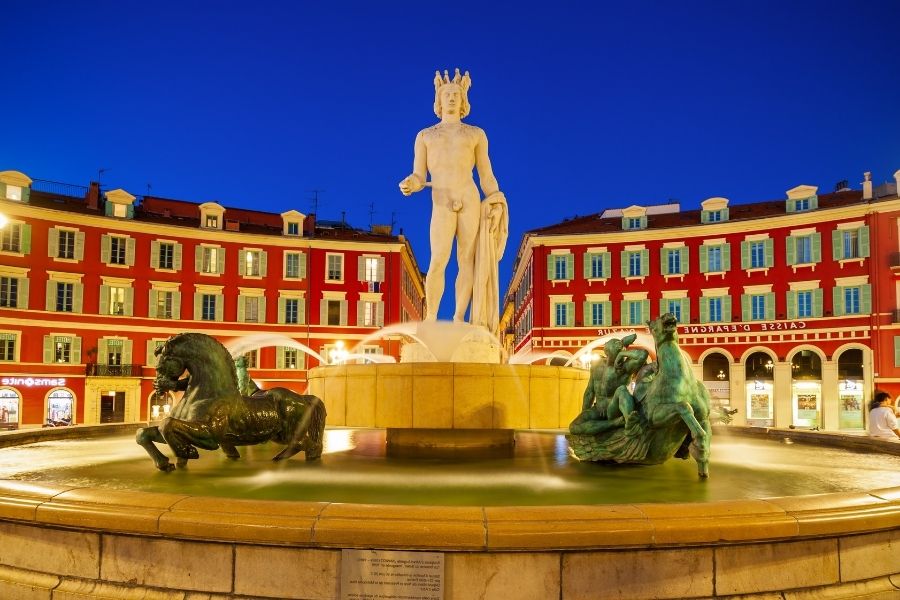
Benches line the paths, perfect for people-watching or enjoying a picnic.
Shops and government buildings frame the area, making it both a civic center and a favorite meeting spot.
I love how the buzz never fades, day or night—Place Massena is the place to soak up Nice’s vibrant spirit.
Notre Dame and Architectural Treasures
A short walk from Place Massena brings me to Nice’s Notre Dame.
This grand basilica, inspired by Paris’s Notre-Dame, stands tall with its twin towers and stained glass.
Built in the 19th century, it’s become a landmark that blends history and daily life.
Inside, soft light pours through colored glass, painting patterns on the stone floor.
The detailed façade—statues, arches, and carvings—invites a closer look.
Quiet moments here feel miles away from the city’s lively pace.
Nearby, Belle Époque façades and pastel buildings show off Nice’s mix of architecture.
I found government offices tucked into ornate structures and winding alleys leading to hidden cafés.
Each street reveals another piece of Nice’s unique story—grand and welcoming at the same time.
Day Trips and Riviera Intrigues: Beyond Nice La Belle
The French Riviera keeps luring me beyond Nice, tempting with seaside glamour, famous casinos, and a hint of Parisian history.
Every escape from the city center uncovers new legends and flavors—modern luxury mixing with old intrigue.
A Touch of Monte Carlo and Gambling Glamour
One sparkling morning, I hopped on a short train ride to Monte Carlo.
The change hit me right away—sleek cars everywhere, towering hotels, and that world-famous casino glinting in the Mediterranean sun.
The Casino de Monte-Carlo blends gilded halls with grand chandeliers, and you can feel the buzz from the gaming tables even before you step inside.
I walked into the casino and immediately felt the allure that pulls travelers and high-rollers from all corners of the globe.
There’s this intrigue in the air—stories of fortunes made or lost with a single spin or the turn of a card. Every laugh and shuffle seems to echo those tales.
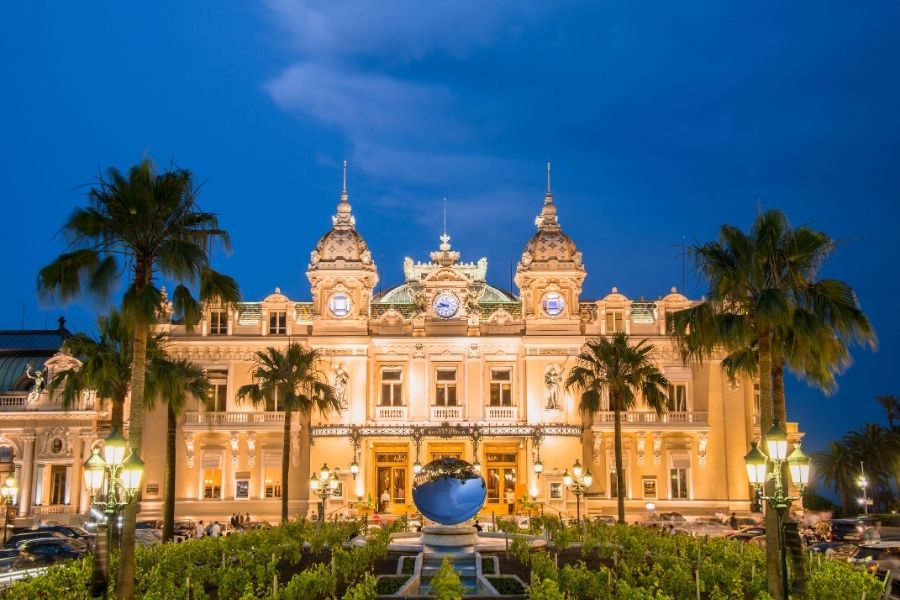
Some people really go all out, dressing up and hoping their night turns into something straight out of a movie.
Pro tips for Monte Carlo:
- Bring your passport; you’ll need it to enter the casino.
- The main rooms have strict dress codes, but public areas feel a lot more relaxed.
- If gambling just isn’t your thing, wander through the gardens or grab a coffee at Café de Paris nearby.
Parisian Connections: Austerlitz, Seine, and Louis Philippe
Nice doesn’t really feel as far from Paris as the map claims. One slow afternoon, I started tracing the steps of history and just daydreamed about trains rolling into Austerlitz Station.
That station connects southern France with the pulse of Parisian life. The Riviera used to lure artists, writers, and even royalty who needed a break from Paris.
The Seine got swapped out for the sea. Instead of strolling along riverbanks, I wandered the coastal paths where King Louis Philippe himself once found refuge.
Stories from his era—so full of revolutions and grandeur—echoed off the Belle Époque facades. It’s almost like you can hear them if you stop and listen.
For a taste of Paris here on the coast, I checked out local markets with their crusty baguettes. I chatted with locals whose families still remember when trains from Austerlitz brought change, gossip, and even that elusive gamin spirit that parades through Parisian streets.

